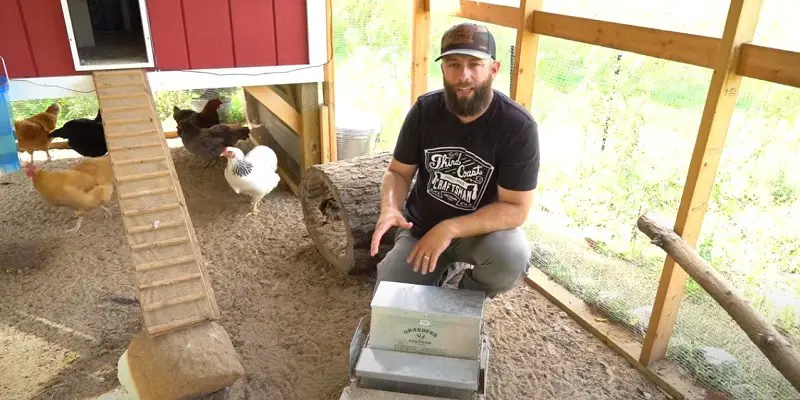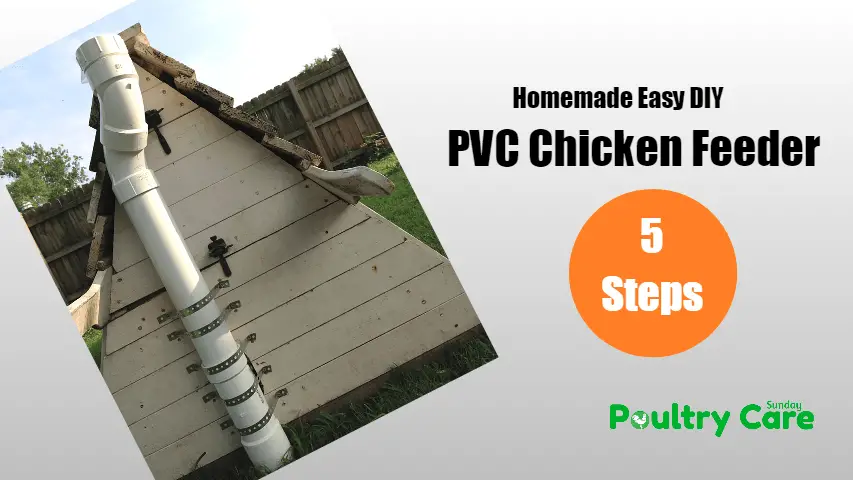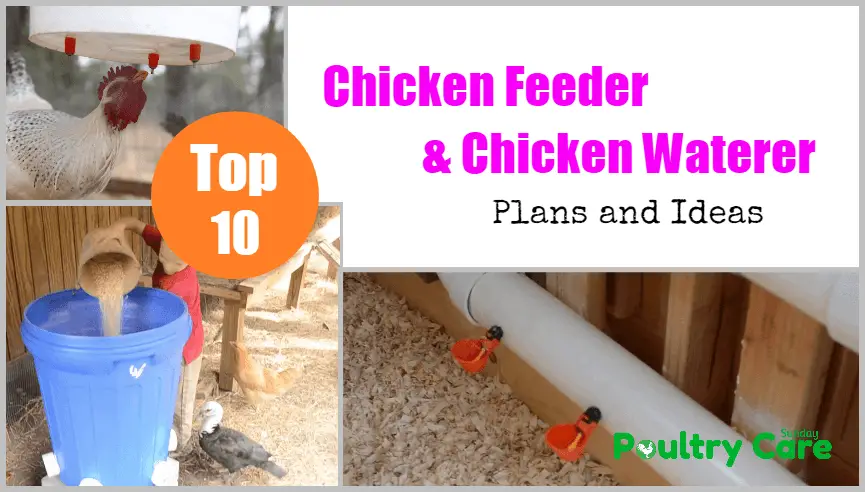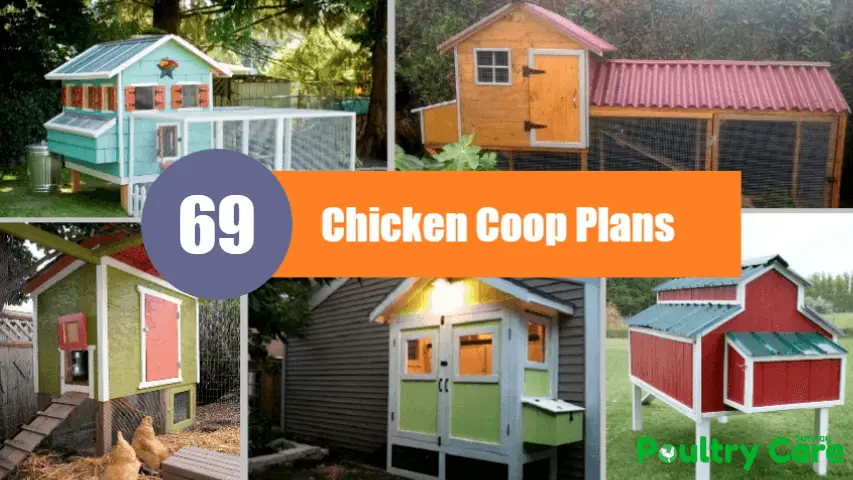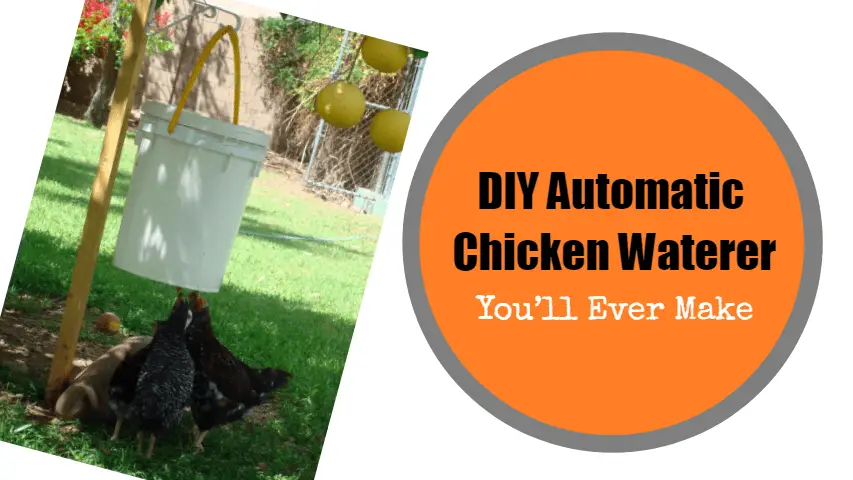Last Updated on December 4, 2023 by Pauline G. Carter
A chicken coop should contain nesting boxes, roosting perches, proper ventilation, and easy access for cleaning. These elements provide a comfortable and safe environment for the chickens to lay eggs, rest, and roost.
Additionally, the coop should have ample space for the chickens to move around freely, protection from predators, and a secure door to keep them contained. Including bedding material, a feeding and watering system, and adequate insulation will further enhance the coop’s functionality and the well-being of the chickens.
Providing these essentials will ensure a healthy and productive environment for the chickens, leading to better egg production and overall flock management.
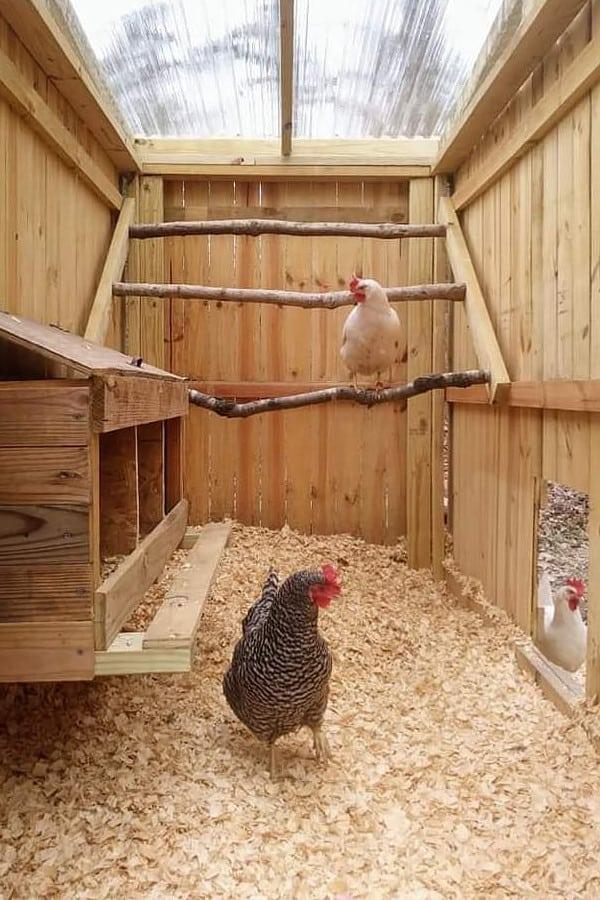
Credit: extension.umd.edu
The Right Size And Space
When it comes to creating the perfect chicken coop, one of the most important factors to consider is providing the right size and space for your feathered friends. The size and space inside the chicken coop play a crucial role in ensuring the health, comfort, and productivity of your chickens. Here’s what you need to know about the right size and space for your chicken coop:
Ideal Square Footage Per Chicken
In order to keep your chickens happy and healthy, it’s necessary to provide adequate space inside the coop. As a general rule of thumb, each chicken should have a minimum of 4 square feet of indoor space. However, if you have the space, allowing for 6-10 square feet per chicken is even better, as this can help reduce stress and prevent overcrowding.
Considerations For Roosting Bars And Nesting Boxes
When designing the interior of your chicken coop, it’s important to consider the layout and placement of roosting bars and nesting boxes. Roosting bars provide chickens with a place to perch and sleep at night. Each chicken should have at least 10-12 inches of roosting space. Additionally, nesting boxes are essential for hens to lay their eggs. Plan for 1 nesting box per every 4-5 hens, and ensure they are placed in a quiet, private area of the coop to encourage laying.
Proper Ventilation And Light
Proper Ventilation and Light are crucial components of a well-designed chicken coop. Ensuring your coop has adequate air circulation and proper lighting is essential for the health and well-being of your poultry. In this section, we will explore the importance of good air circulation and the significance of natural vs. artificial lighting for your chicken coop.
Importance Of Good Air Circulation
Adequate ventilation in a chicken coop is vital for maintaining proper air quality. Good air circulation helps reduce the accumulation of excess moisture and ammonia, which can lead to respiratory issues and other health problems for your birds.
It also helps regulate temperature and reduce the risk of heat stress during hot weather. Proper ventilation can also prevent the buildup of harmful gases and odors, creating a healthier living environment for your chickens.
Natural Vs Artificial Lighting
When it comes to lighting, both natural and artificial sources play important roles in a chicken coop. Natural lighting provides essential vitamin D to the birds and helps regulate their natural behavior and egg production cycles.
Artificial lighting can be used to supplement natural light, especially during the shorter days of winter, to ensure consistent egg production. It’s important to strike a balance and provide a combination of natural and artificial lighting to meet the birds’ needs.
Flooring And Bedding Materials
Creating a comfortable and hygienic environment for chickens inside a coop is essential for their well-being. This includes carefully considering the flooring and bedding materials used. Proper flooring options and suitable bedding materials are crucial for maintaining a clean and healthy chicken coop.
Suitable Flooring Options
Choosing the right flooring for a chicken coop is important to ensure the chickens’ comfort and overall health. The flooring should be easy to clean, maintain, and provide a non-slip surface for the chickens. Popular options for chicken coop flooring include:
- Solid Wood – Provides insulation and warmth, but needs regular cleaning.
- Concrete – Durable and easy to clean, but may require additional bedding for comfort.
- Pavers or Gravel – Allows drainage and helps prevent mud, but requires regular cleaning.
Best Bedding Materials For Chicken Health
Choosing the right bedding material ensures a clean and comfortable environment for the chickens and supports their overall health. Proper bedding material helps absorb moisture, control odors, and provides a comfortable resting area. Some of the best bedding materials for chicken coops include:
- Pine Shavings: Absorbent, easy to clean, and provide good insulation.
- Straw: Provides warmth and comfort, but can be less absorbent compared to other materials.
- Shredded Paper: Eco-friendly option that absorbs moisture and helps control odors.
Access To Food And Water
Access to food and water is essential for the well-being of chickens in a coop. Providing proper feed and water access ensures that the chickens have the nutrients they need to grow and stay healthy. Implementing the proper setup for feeding and watering is crucial for maintaining an optimal living environment for your flock.
Feeder And Waterer Placement
When setting up a chicken coop, the placement of feeders and waterers should be carefully considered. Ensure that they are positioned in an easily accessible area for the chickens, while also keeping them away from potential contaminants such as droppings or bedding. Placing them at an appropriate height can prevent spillage and keep the feed and water clean.
Importance Of Consistent Access To Food And Water
Consistent access to food and water is vital for the health and productivity of chickens. Ensuring that fresh water and feed are available at all times helps to prevent dehydration and malnutrition. This practice also encourages regular feeding, leading to better egg production and overall well-being. In addition, a consistent supply of water helps regulate the chickens’ body temperature, especially in hot weather.
Safety And Security Measures
When designing a chicken coop, safety and security measures are of utmost importance to protect your flock from potential predators and ensure their well-being. Implementing the right tactics and features is essential to create a secure environment for your chickens.
Predation Prevention Tactics
Implementing effective predation prevention tactics is crucial for safeguarding your chickens against potential threats. Here are some tactics to consider:
- Construct a sturdy perimeter fence to deter predators such as dogs, foxes, and raccoons.
- Install an apron fence around the coop to prevent digging predators like foxes and coyotes from gaining access.
- Use hardware cloth with small mesh size to secure openings and prevent entry of predators.
- Provide adequate lighting around the coop to discourage nocturnal predators.
- Utilize motion-activated deterrents to scare away potential threats.
Secure Latches And Locks For Coop Doors
Ensuring that coop doors are equipped with high-quality, secure latches and locks is essential to prevent unauthorized access and protect your chickens. Incorporating robust locking mechanisms will provide peace of mind and enhance the overall security of the coop.
Before choosing latches and locks, assess their durability and resistance to tampering. Opt for heavy-duty options that are designed specifically for coop doors to minimize the risk of break-ins.
Frequently Asked Questions For What Should Be Inside A Chicken Coop?
What Size Should A Chicken Coop Be?
A chicken coop should be spacious enough to allow 2-3 square feet per chicken.
How Can I Keep A Chicken Coop Clean?
Regularly clean the coop, change bedding, and use natural odor-control methods to maintain cleanliness.
What Nesting Materials Should I Use?
Provide soft, clean bedding material such as straw, shredded paper, or pine shavings for nesting boxes.
What Should Be Inside The Chicken Run?
A chicken run should include perches, dust baths, and enriching items like hanging treats or toys.
How Do I Keep Chickens Warm In Winter?
Insulate the coop, use heat lamps sparingly, and provide extra bedding to keep chickens warm in winter.
Can I Keep Different Poultry Species Together?
It’s possible to keep chickens, ducks, and geese together with proper introduction and meeting their specific needs.
Conclusion
To sum up, a well-equipped chicken coop is essential for the health and productivity of your flock. Providing secure bedding, nesting boxes, ample ventilation, and protection from predators are vital. By carefully considering the needs of your chickens, you can create a safe and comfortable environment for them to thrive.
Happy chickens lead to happy eggs!
About Author (Pauline G. Carter)

Pauline G. Carter is a well-known pet blogger who has written about the world of pets for several years. She is passionate about pets, from cats and dogs to birds, reptiles, and poultry. Her blog, which is updated regularly, is filled with articles and guides on pet care, nutrition, and training. She also shares her experiences and observations on pet ownership, making her blog relatable and informative for pet lovers. She is a true animal advocate and is dedicated to promoting responsible pet ownership. Let’s Go …
